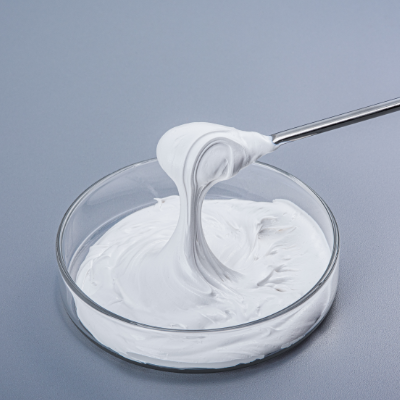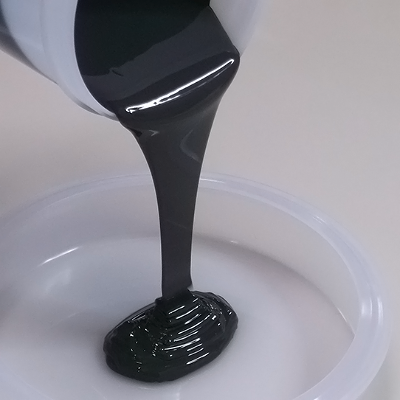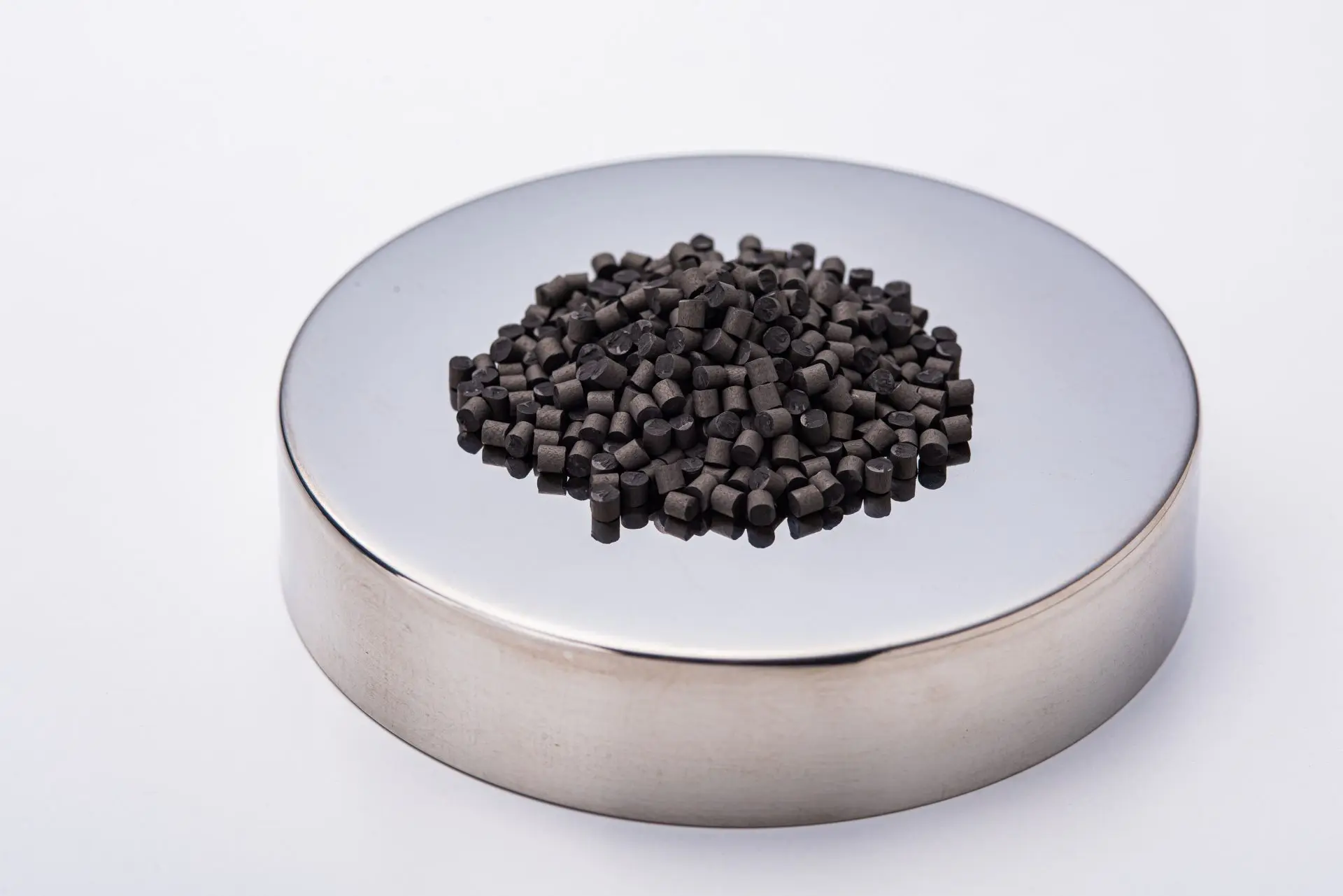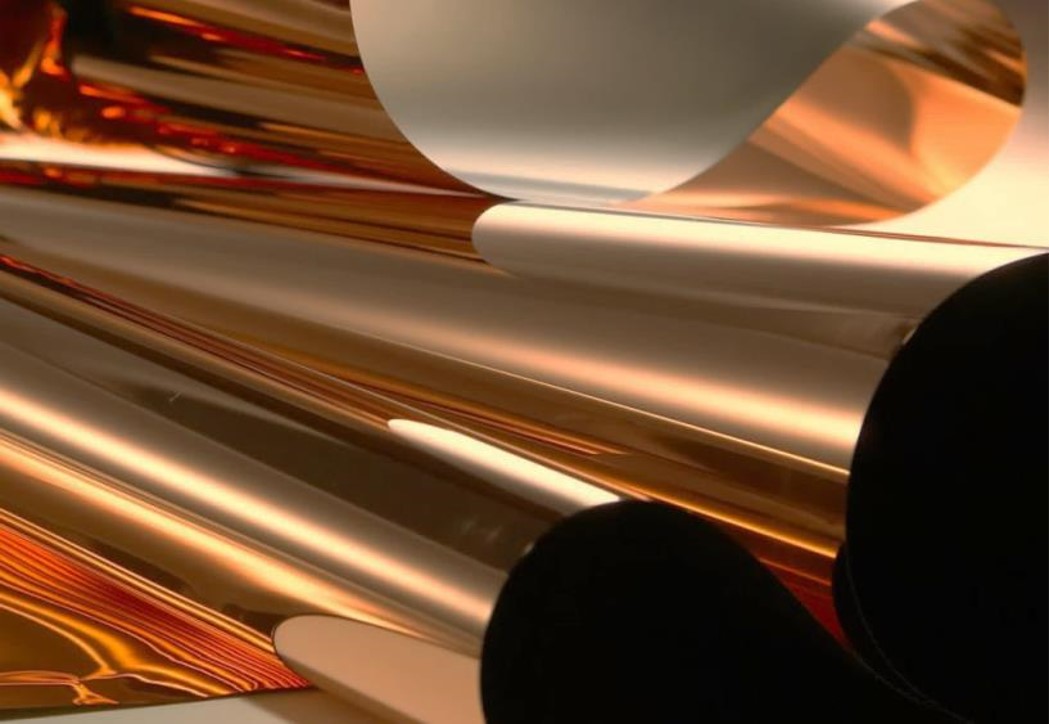【R&D】 Thermal Grease

閉じる
Search
One of the reasons behind the recent increase in EV and other factors is the aim of reducinggreenhouse gases.It is widely known that greenhouse gases, represented by carbon dioxide, are generated by thecombustion of fossil fuels.For many years, we have used the heat generated by combustion directly or converted it intoelectricity for living.
In an era in which sustainable development is required, it is urgent to reduce the amount ofcombustion derived from fossil fuels and to effectively utilize the heat generated by combustion and to improve the transmission efficiency.
When we pay attention to the heat loss, we can see that the heat lost when converting heat into electricity is large, and that the loss due to heat when converting electricity into power cannot be ignored.The concept of thermal management, which effectively utilizes the heat that is lost, is also becoming more important in product design.Heat in converting electricity, in particular, causes premature damage and failure of conversion module components. Therefore, there is a need for heat-dissipating materials and heat-conductive composites that facilitate heat transfer.
Because heat-dissipating materials and heat-conductive composites have emerged on the basis of a new sense of thermal challenges, products are named by the supplier as well as by the use required by the user.
This article describesthe merits and demerits of the product based on the product group names widely distributed.
Radiating materials and heat conductive composites are used between the generating heat source and the radiating and cooling/heat transfer body.Since these are used at the interface between two dissimilar surfaces, they are collectively referred to as thermal interface materials (Thermal Interface Material: abbreviated as TIM).We briefly describe the merits and demerits of each TIM.
It is the most widely used form.The heat dissipation sheet is a heat dissipation material formed by adding resin componentssuch as epoxy and silicone to inorganic powder, metal powder or powder such as carbon and graphite with thermal conductivity such as alumina and zinc oxide and molding them into a sheet shape.
In response to the required heat dissipation performance, sheets of a relatively wide range of thermal conductivity are available, with various thicknesses depending on the installation gaps of the parts.Although there are some cautionary points such as requiring a certain tightening pressure to obtain stable heat radiation performance, it has advantages such as freely selectable heat radiation area.
In some cases, however, it is difficult to automate pasting, and the repairability of the sheet once it is stuck is inferior to that of other products as workability.
Thermal grease is common to heat-dissipating sheets in that it uses thermally conductive powder, but it is a product group that uses oil and thickener to make grease.Other names such as thermal grease and thermal conductive grease are also mixed.
The heat radiation grease is semi-solid and easily follows the deformation caused by the thermal expansion of the member, and since it spreads thinly under pressure, it is easy to lower the thermal resistance between the two surfaces.In addition, it is often applied with a dispenser, metal mask, or screen, which makes it easier to automate, and has superior repairability, such as removal and reapplication.
On the other hand, because it contains oil, there are problems such as seepage (pre-dout) in the applied area and outflow (pump-out) due to thermal deformation between members, and the heat radiation property is proportional to the powder content rate, making it harder at
high content, making it difficult to achieve compatibility with printability.
Please refer to our Thermal Grease product page.
“Phase change” is a phenomenon in which the state of a substance changes, for example, when a solid is a liquid.
The phase-change sheet is a composition that softens and liquefies when heat is applied to a dry film applied to a material or a sheet attached to a material at room temperature and shows a performance similar to that of heat-releasing grease.
It is characterized by containing thermoplastic resin, wax, thickener, etc. in order to make it solid at ordinary temperature.
Although there are some products sold independently, Okura is printed on the heat dissipation surface of the module and shipped. This product has the advantages of pasting heat dissipation materials when mounting and omitting the printing process, and is especially favored for on-site construction such as maintenance.
However, the seats are screwed together in a solid state. If torque is not sufficiently controlled during fastening, the seats must be thinned by melting after heating, causing the screws to come out of torque. Handling precautions are required.
Gap fillers are heat-dissipating and heat-conductive materials that “fill steps and gaps” and are a product group named for applications rather than product forms.The use of a compositionally thermally conductive filler for a product is the same, but the product with a thermosetting resin added to the component is the mainstream.The gap filler is filled between the members with a tissue spacer or the like, and then heat-cured and fixed.
In addition to improving the heat dissipation properties of minute gaps, it has the advantage of creating a three-dimensional heat dissipation structure, for example, when you want to cool the heating elements of different heights with the same heat sink.Improved heat dissipation has weak points such as hardening and deterioration of malleability,relatively short pot life due to the characteristics of thermosetting resin, and no repairability after curing, but it is one of the heat dissipation materials with the most increased amount used.
The heat dissipation adhesive is the addition of a thermally conductive filler for the adhesive component.There are various types such as room temperature curing type, heat curing type, 1-liquid and 2-liquid type.These products allow heating and cooling elements to be easily bonded and fixed.This is used when the thermal resistance is reduced because the space between the two surfaces is very thin.
It is used when there is a strong demand as a joining member such as environmental resistance after adhesion and strength maintenance performance such as vibration resistance compared with other heat radiation materials.
It is used as a structural member because it cannot be repaired.
Radiating material is a material that aims to transfer heat efficiently.Here, there are two perspectives in the “transfer of heat” index.
One is the index of thermal conductivity, which is the ease of heat transfer in a substance, and the other is the index of thermal resistance, which is the ease of heat transfer.
If heat is replaced with electricity, thermal conductivity is equivalent to “electrical conductivity” and thermal resistance to “electrical resistance” as well.Thermal conductivity is a material-specific value that is not related to distance (thickness and length).
If we want to transfer heat efficiently, we would ultimately like to reduce the “thermal resistance” of each member between the heating element and the radiating element in total.The thermal resistance increases with the distance between the two bodies (thickness and length), as well as the electrical resistance, and also with the interfacial thermal resistance, which corresponds to the contact resistance at the contact area.
To reduce the total thermal resistance, it is effective to select materials with excellent thermal conductivity. However, it is important to optimize the thickness of the material, the contact area, and the interface thermal resistance.
In extreme cases, thermal grease with a thermal conductivity 4W/mk that reduces the thickness down to 20μm will lower the thermal resistance between the members and improve the overall heat dissipation property, rather than using a 100μm-thick thermal conductivity 15W/mk class heat dissipation sheet.
As described above, thermal conductivity and thermal resistivity are indicators for the performance of heat-dissipating materials and heat-conductive composites.
However,attention must be paid to the product thickness for sheet-like products and gap fillers, and the min. thickness (Bond Line Thickness: BLT) that is reduced by pressurization for heat-dissipating grease and phase-change sheets.
The thickness of the smallest film thickness BLT at this time of pressurization is almost the same as the largest particle diameter of the filler used when the filling ratio of the thermally conductive filler is small. However, when the filling ratio of the filler increases, the thickness tends to be thicker than the largest particle diameter due to agglomeration between the fillers, etc.
Therefore, in the case of a product with high filler filling ratio and higher thermal conductivity with higher viscosity, actual measurement at a specified pressure is essential.
Ready to get started? Contact us to talk about your requirements.







![[Wet-chemical synthesized metal powder] Ultra-fine nickel powders](https://crossmining.smm.co.jp/wp-content/uploads/m_np.webp)

